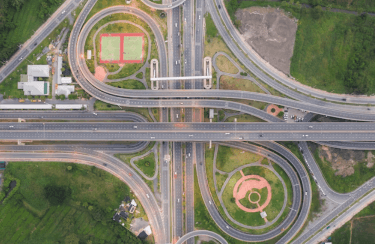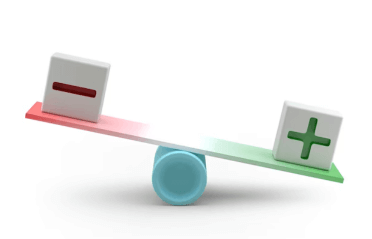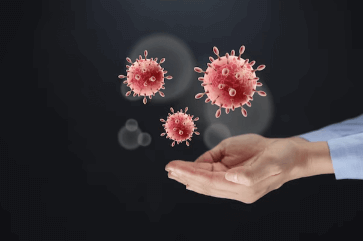Question
a.
True
b.
False
c.
May be True or False
d.
Can't say
Posted under Total Quality Management
Interact with the Community - Share Your Thoughts
Uncertain About the Answer? Seek Clarification Here.
Understand the Explanation? Include it Here.
Q. Muda Type 1 refers to non-value-added activities in the processes that are important for the end customer.
Similar Questions
Explore Relevant Multiple Choice Questions (MCQs)
Q. Inspection and safety testing are examples of Muda ____
View solution
Q. Which of the following terms in the seven types of wastes categorized by Ohno considers the movement of product between manufacturing processes as no value-addition task, expensive and can cause damage to the product?
View solution
Q. Which of the following terms in the seven types of wastes categorized by Ohno considers the waiting of one process to begin while the other one gets over?
View solution
Q. Which of the following does not belong to the seven types of wastes categorized by Ohno?
View solution
Q. Which of the following is a visual and/or audible communication system that calls for support or attention in a process whenever needed?
View solution
Q. Which philosophy tells us that we need to go out of the office and visit the plant floor where the real action occurs?
View solution
Q. Which of the following refers to ‘Level Scheduling’?
View solution
Q. Which of the following is not a benefit of Heijunka?
View solution
Q. Calculate Takt Time when there are 500 minutes in work day and the customer demand is 500 units a day.
View solution
Q. Which of the following is the meaning of the word HoshinKanri which is extensively used in strategic planning?
View solution
Q. HoshinKanri eliminates wastes that originate from poor communication and inconsistent direction.
View solution
Q. The implementation of HoshinKanri begins with a strategic plan.
View solution
Q. In HoshinKanri, the tactics are laid out by ________
View solution
Q. Which of the following wastes is not eliminated by implementation of continuous flow?
View solution
Q. Continuous flow is a technique of manufacturing where work-in-process smoothly flows through production with ______ buffers between various steps of the manufacturing process.
View solution
Q. Bottleneck analysis ______
View solution
Q. JIT is a long-term approach to process improvement.
View solution
Q. Which of the following is not related with JIT implementation?
View solution
Q. MRP is a ____ system and JIT is a _____ system.
View solution
Q. Which of the following are not results of successful implementation of JIT?
View solution
Recommended Subjects
Are you eager to expand your knowledge beyond Total Quality Management? We've handpicked a range of related categories that you might find intriguing.
Click on the categories below to discover a wealth of MCQs and enrich your understanding of various subjects. Happy exploring!








